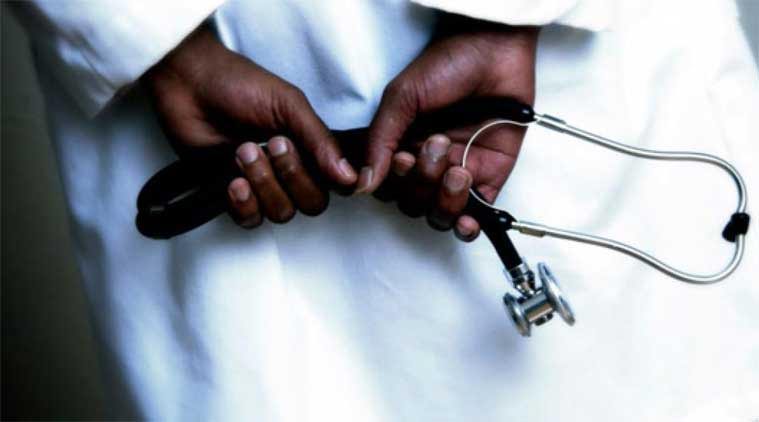A stroke occurs when the blood supply to the brain is cut short. There are two kinds of strokes: ischemic stroke (due to clotting of blood) and haemorrhagic stroke (due to rupture of the blood vessels).
On the occasion of World Stroke Day which falls on October 28, a team of senior doctors addressed the media on how to prevent and identify the symptoms of a stroke.
Dr Gaurav Jain, Consultant Neurologist, from Alchemist and Ojas Hospital, Panchkula said, “Stroke is emerging as the new epidemic in India with 1.5 to 2.0 million new cases coming from across the nation every year. The numbers can be higher as some patients can never make it to the health care facilities. Around 4000 stroke cases happen daily and not more than even 2 to 3 percent are treated. India currently accounts for 60 percent of stroke patients worldwide.”
He added, “Strokes, if not treated in time, can lead to a person getting bedridden for life and even lead to death. In a developing country like India, a person tends to suffer from a stroke 35 years earlier than a person from the developed countries.”
The team of doctors including Dr Gaurav Jain, Consultant Neurology, Dr Amandeep Singh, Senior Consultant Interventional Neuroradiology, Manish Budhiraja, Consultant Neuro Surgery, Dr Rahul Mahajan, Consultant Neurology and Dr Prashant Maskara, Consultant Neurosurgery from Alchemist and Ojas Hospital, Panchkula answered several other questions.
On the symptoms of stroke, Dr Jain reflected on the abbreviation FAST, which refers to Face drooping, Arm weakness, Speech (slurred) and Time to call (if a person shows any of these symptoms, go to a stroke-ready-hospital as soon as possible) respectively.
A stroke occurs when the blood supply to the brain is cut short. There are two kinds of strokes: ischemic stroke (due to clotting of blood) and haemorrhagic stroke (due to rupture of the blood vessels). 87 percent of strokes that people suffer are ischemic in nature.
Dr (Colonel) Amandeep Singh, Senior Consultant, Interventional Neuroradiology, said “If a patient is taken to the hospital within four and a half hours after the stroke, there are high chances that the patient suffers less or near to no damage, as they can be injected with the stroke-specialised injections, effective as early as they are injected.”
He added, “However, if a patient can’t make it to the hospital within that time, there is a new medical technique, known as Mechanical Thrombectomy, which can be done until the next 24 hours after the stroke. The American Stroke Association has also recommended this technique recently”.
In order to prevent a stroke, people are advised to keep a check on their blood pressure and diabetes level, stay well within the Body Mass Index (BMI), abstain from consumption of alcohol and cigarettes, exercise regularly, be aware of the stroke symptoms, and act urgently.
Source: Read Full Article


